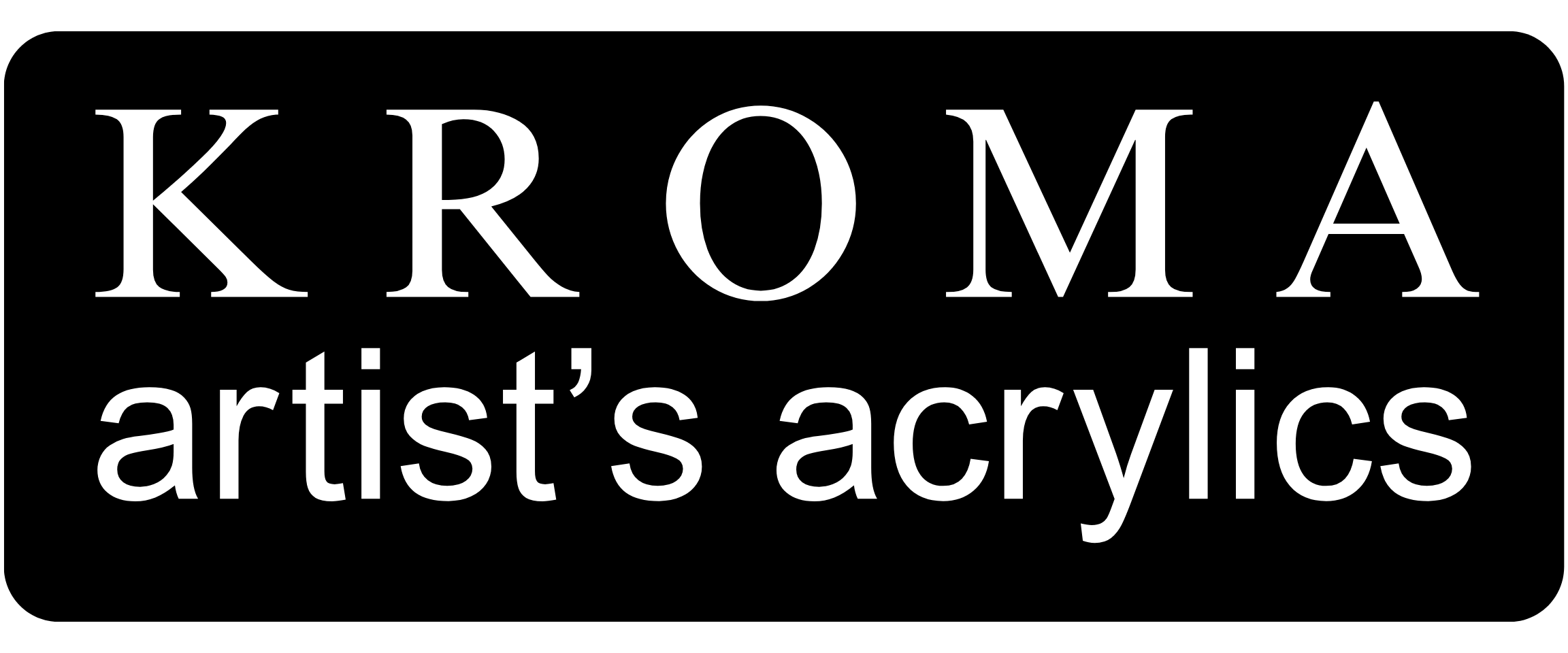
Explorations of Green and Blue (Turquoise)
Here is how to make Turquoise: Turquoise, in painting terms, is the infinite relationship between green and blue. It is defined as a greenish-blue or a sky blue colour. Given the...

How to mix Pink
I am often asked about Pink. Each red produces brighter, duller, warmer or cooler pinks depending on how they are used. For example, "hot" pinks are best achieved by using...














